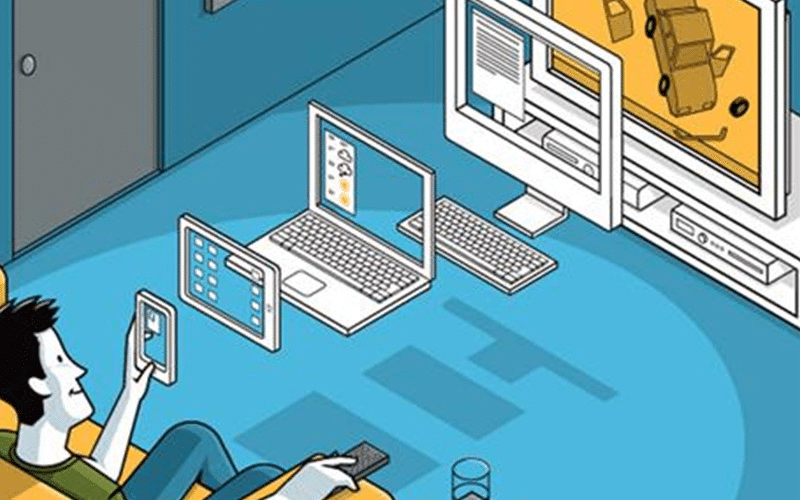Over the past 20 years, the way that we consume media has changed in ways we could never have imagined. In today’s digital world, we consume and share media faster and in greater volumes than ever before. Digital services have made media consumption easy and put the power in the hands (or thumbs) of the audience.
Apps Are The Great Digital Disruptors
One of the biggest catalysts for change in the way we consume media has been apps.
Apps make any type of media, from books to music to tv, available anytime, anywhere. Apps allow us to consume more, faster and at our leisure.
In fact, apps have made it possible for us to consume multiple media at once.
We can read a news story on our tablet while watching a movie on Netflix and sharing a new album on our Facebook.
If you are trying to get any type of media in front of your audience, an app is probably the way to go. With the help of an app feedback tool, you can also get more detailed information about the behaviors of our audience to make it more likely they find, consume and share your media.
TV And Video
Television used to be the only source of video media.
[pullquote]Our viewing habits were tailored to a schedule set out by television networks.[/pullquote] If we wanted to watch something, we had to alter our behaviors to that schedule.
Those days are gone, and today, video media providers scramble to find ways to fit viewers behaviors, with streaming services like Netflix leading the charge. Even cable providers and television networks need to provide online streaming options in order to remain relevant to their viewers.
The introduction of digital streaming services has altered audience expectations by giving the audience agency. Now instead of the audience going to sit in front of the tv at a specific time, on a specific day, tv has to come to us, when and where we want it.
Music
For better or worse, the likes of iTunes and Napster killed the CD and changed the music industry. Whether legal like the former or illegal like the later, again, the audience was given agency to pick and choose which music they wanted, when they wanted it.
Music consumption changed again with the introduction of streaming apps like Spotify. Now listeners don’t have to pay for a single song, just a monthly subscription fee in exchange for an entire world of music at their demand.
While these changes in music consumption seem to cyclically destroy and revive the music industry, they also make music more accessible in much larger volumes.
Social Media
In addition to causing changes in the way we consume media, digital services have also changed the way we share media. In addition to sharing videos and music, social media users also share the news.
As with other media, digital services have changed the way we consume news. By sharing a story on your Facebook page, you reach a much larger audience than if you were to walk door to door to all of your friend’s houses to share a story in the newspaper.
Social media makes news and other types of media more accessible. By scrolling through your Twitter feed when you get a free couple of minutes in your work day, you can scan breaking news stories, in some cases as they happen.
Digital services have already revolutionized the way we consume media, but these changes aren’t going to slow down anytime soon. In order to remain relevant, media producers need to utilize digital services to the best of their ability. If they want to get ahead of the competition, media producers need to push past the limits of technology to create something new yet again.

COMMENTS